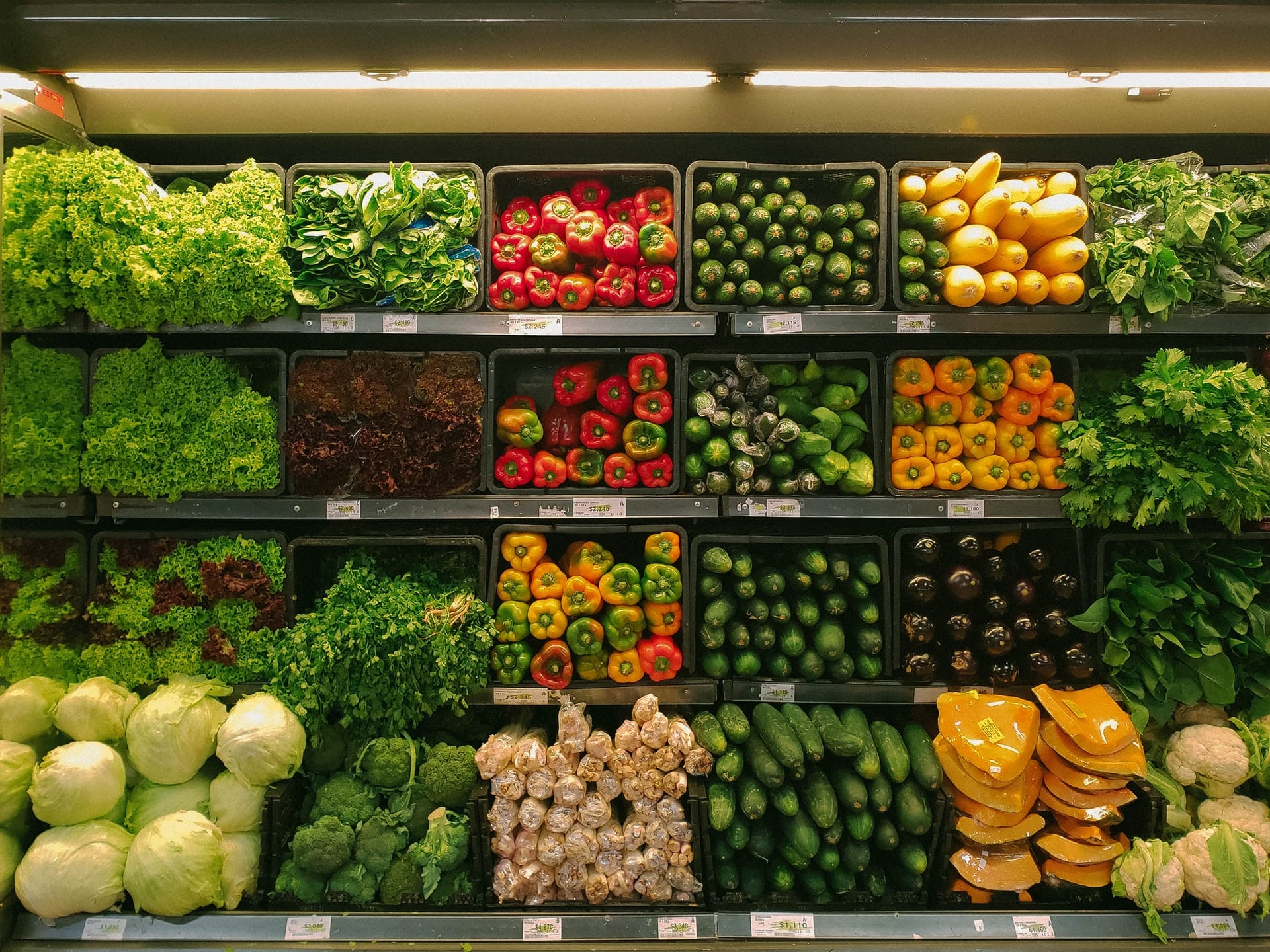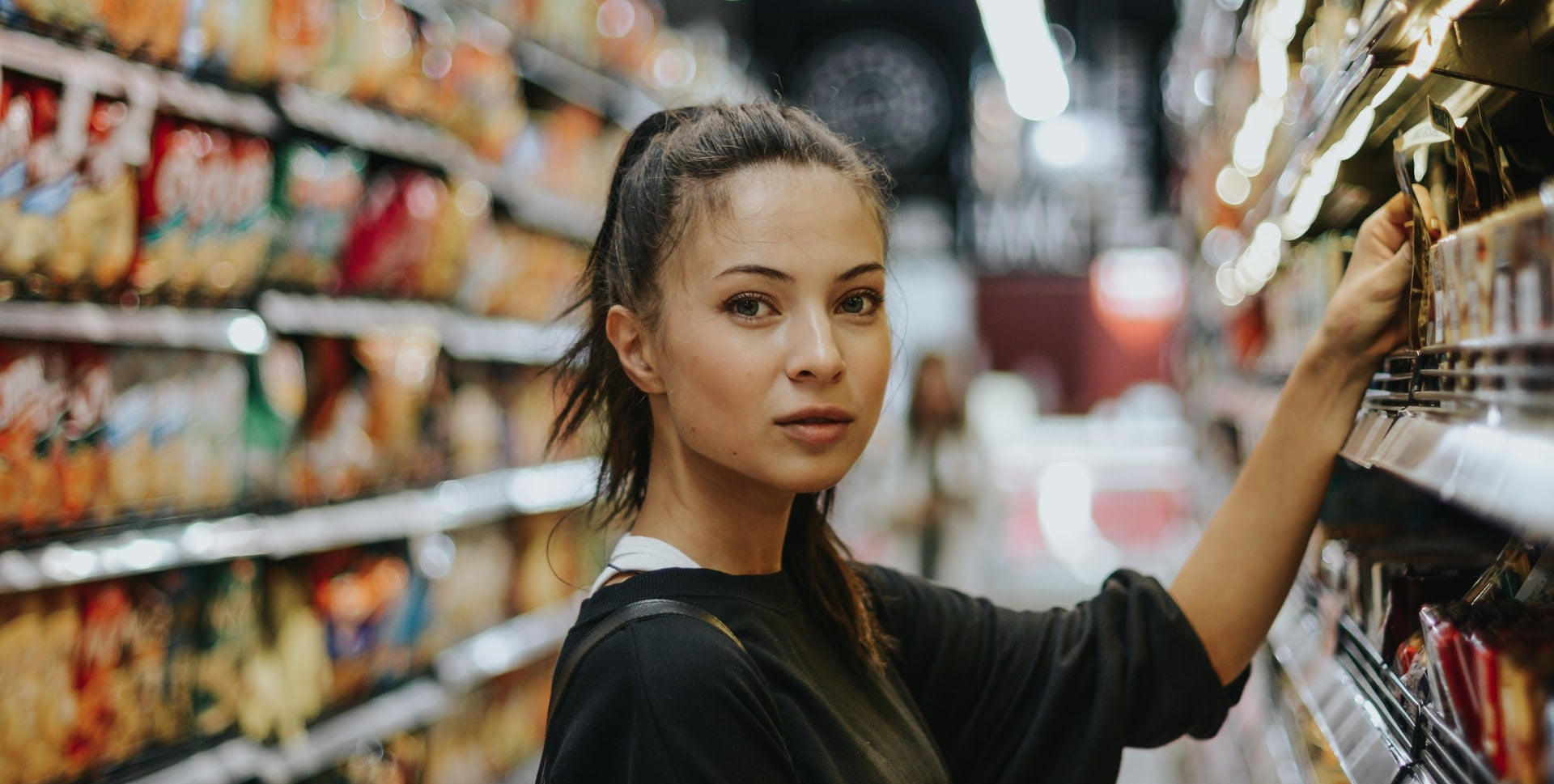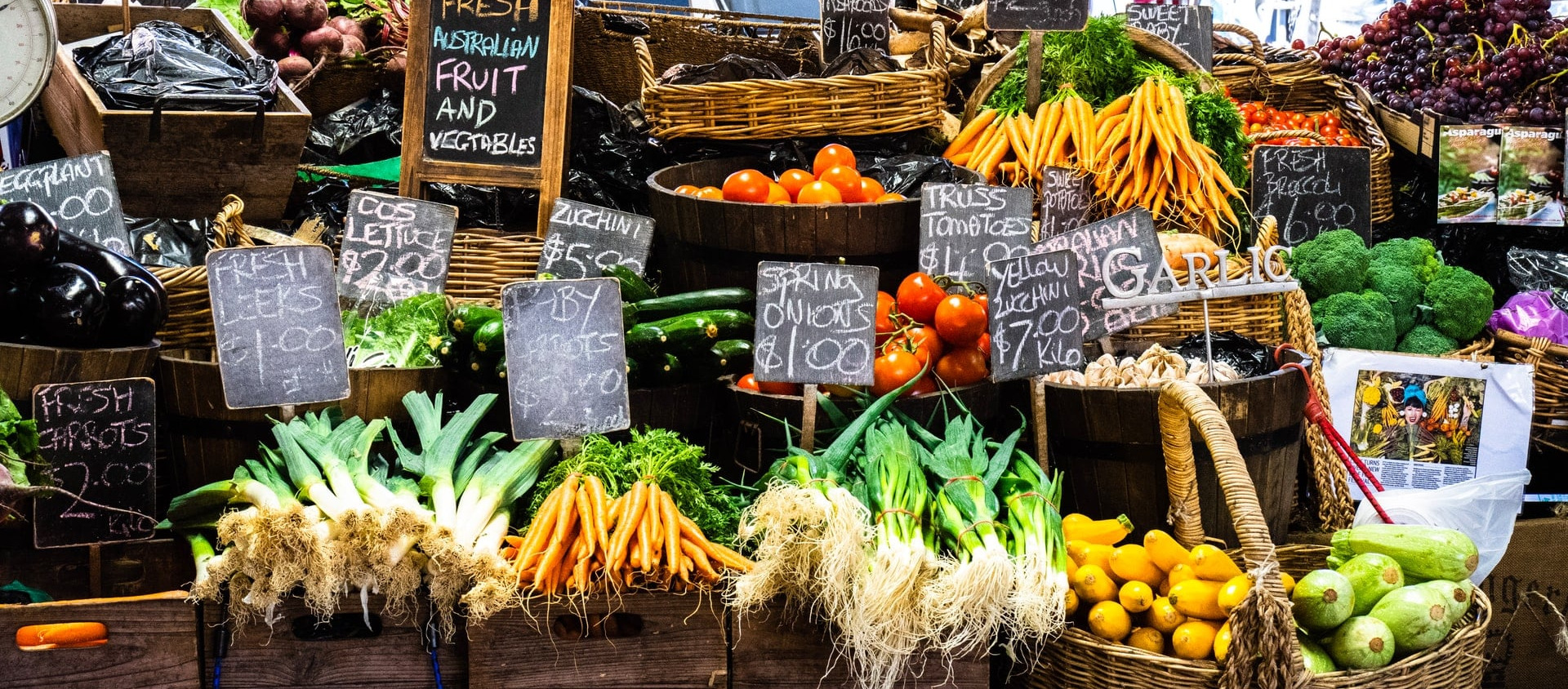11. The Internet of Things
IoT continues to make its way into the retail sector with different sensors used for managing inventory, equipment, and utilities.
Along with monitoring the location of inventory items along the supply chain with RFID tags, IoT sensors can fetch data on products' temperature, humidity, and tilt, facilitating quality control.
IoT solutions for retail help determine whether the products are transported in proper conditions, reducing product damage and loss. According to Deloitte, 74% of companies that have implemented IoT for inventory monitoring saw their revenue increase by 4 to 10%.
Intelligent lighting technology, smart thermostats, and connected water meters can be used to optimize and even automate utilities management. Different types of sensors can be installed throughout stores and warehouses to automatically turn off lighting, lower room temperature when no one is around, and help save up resources.
IoT also helps speed up order picking by quickly locating warehouse equipment like trucks and forklifts and automating operations with warehouse robots, including automated guided vehicles, automated storage and retrieval systems, and collaborative robots.
12. Security solutions
AI-powered CCTV cameras and other next-gen anti-theft solutions contribute to store safety.
Placing CCTV cameras across the premises and analyzing the footage in real time with AI algorithms helps retailers detect suspicious and unsafe activities, like signs of flames and smoke, people lingering around employee entrances, or lying on the ground.
Leveraging new retail technology, retailers can prevent theft, too. By placing RFID tags or sensors on products or shopping carts, businesses can track their exact location and get notified if any damage takes place. In turn, biometric authentication and alarm systems prevent unauthorized access to high-security areas.
13. Ensuring social distancing
Technologies help keep customers and staff safe and ensure they follow COVID-19 guidelines, and provide for extended measures to
prevent the spread of the virus.
Shop owners can turn to crowd monitoring with real-time video analytics to quickly detect bottlenecks and queues and communicate video and audio messages in and out of stores to inform buyers of the existing regulations.
Indoor cameras with built-in video analytics also help detect customers with alleviated temperature. Such thermal cameras measure human temperature at a distance of 2 to 4 meters, analyze the fetched data in real time and notify the store staff.
Placing people counting sensors around the store, too, enables retailers to enforce physical distancing measures and tap into additional benefits, like more effective staff scheduling and reduced energy costs.
Self-checkout and
checkout-free shopping solutions are of great help when it comes to ensuring epidemiologic safety. Self-checkout stations, mobile POS, and Amazon Go-like solutions that let customers pay via a mobile app as they walk out of the store help eliminate queueing.







